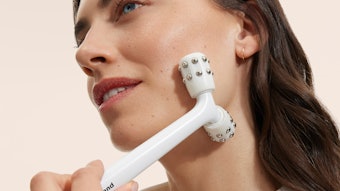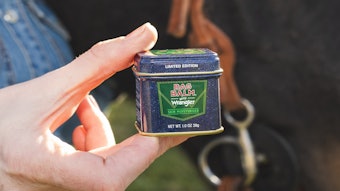
In the beauty market of 2018 and beyond, the brands that will survive will have to forge emotional connections with their consumers, leverage natural and “clean” formulations, foster wellness and increasingly use digital tools and platforms to scale their businesses.
These were the key takeaways from this year’s in-depth beauty industry briefing hosted by CEW in New York City, featuring Sarah Jindal, senior innovation and insight analyst, beauty and personal care, Mintel; Larissa Jensen, executive director, beauty industry analyst, NPD Group; and Jordan Rost, vice president, consumer insights, Nielsen. Additional cited data was derived from Tribe Dynamics.
Read the full series:
- US Prestige Beauty
- The Beauty Consumer
- Beauty Retail
- US Prestige Skin Care
- US Prestige Makeup
- US Prestige Fragrance
- Natural, Sustainable and Clean Beauty
- Beauty for All
Skin care led growth among prestige beauty categories in 2017, totaling 9% growth, according to figures presented by Larissa Jensen, executive director, beauty industry analyst, NPD Group. Here’s how the growth impacted the segment:
- 9%: total prestige skin care market
- 35%: skin care e-commerce
- 19% natural skin care brands
- 5%: skin care brick and mortar retail
- 3%: skin care fine retail
- 1%: skin care mass retail
Despite the rapid rise of e-commerce, 29% of skin care consumers shop in specialty stores.
Formats, Newness Drive Growth
Facial moisturizers and “other” facial skin care products alone brought in $150 million in dollar gains to the category last year. Meanwhile, formats like gels, water and oil brought in a combined $100 million in dollar gains for 2017.
Notably, 76% of skin care gains came from brands outside the top 20, while 19% of dollar performance was driven by new launches that truly connected with consumers.
Top Brands, Launches, Sub-segments & Markets
The top skin care brands in 2017 were:
- Clinique
- Estée Lauder
- Lancôme
- Philosophy
- La Mer
The top skin care launch for 2017 in terms of dollar volume sales was the Philosophy Purity Made Simple Pore Extractor Exfoliating Clay Mask, which had an MSRP of $35.
The top-performing sub-segments include masks, facial exfoliators, sun care and even unique shampoo products like Devacurl’s Buildup Buster Micellar Water Cleansing Serum.
The fastest growing markets tracked by NPD were:
- Argentina: 34%
- Canada: 13%
- United States: 9%
Natural Skin Care on the Rise
Natural skin care brands brought in 47% of dollar gains, according to NPD data. Meanwhile, Mintel’s surveys have found that 49% of US facial skin care consumers aged 18 to 34 have purchased products that use natural ingredients.
At same time, the category has experienced heightened transparency around ingredients, said Jensen. Today, consumers now not only want to know what’s in their skin care products, but also where the materials were sourced and how they were produced.
For example, Tata Harper, which grew 33% last year, puts numbers on its bottles to track which farm raised the ingredients contained inside, while Apoterra Skincare provides production dates, organic certification and country of origin on its bottles.
Meanwhile, the Seed Phytonutrients brand of face, hair and body care products, which will launch in April 2018, contains 93–100% natural ingredients and uses “shower-friendly” post-consumer recycled paper bottles.
Pricing Trends
Downward pricing trends have had the biggest impact in skin care, Jensen told Global Cosmetic Industry. Average prices have been dropping for years and have more recently been impacted by the lower-price K-beauty movement and value oriented segments like masks.
As a result, the average prestige skin care price sits near $30, Jensen explained, while total units are up significantly.
Looking ahead, Jensen said that lower prices will continue to be a reality, though a healthy luxury market persists because consumers till place a premium on quality and trust.
2018–2019 Forecast
Jensen told Global Cosmetic Industry that skin care will likely ride its momentum through 2018, remain strong, if not the top-growing category.










